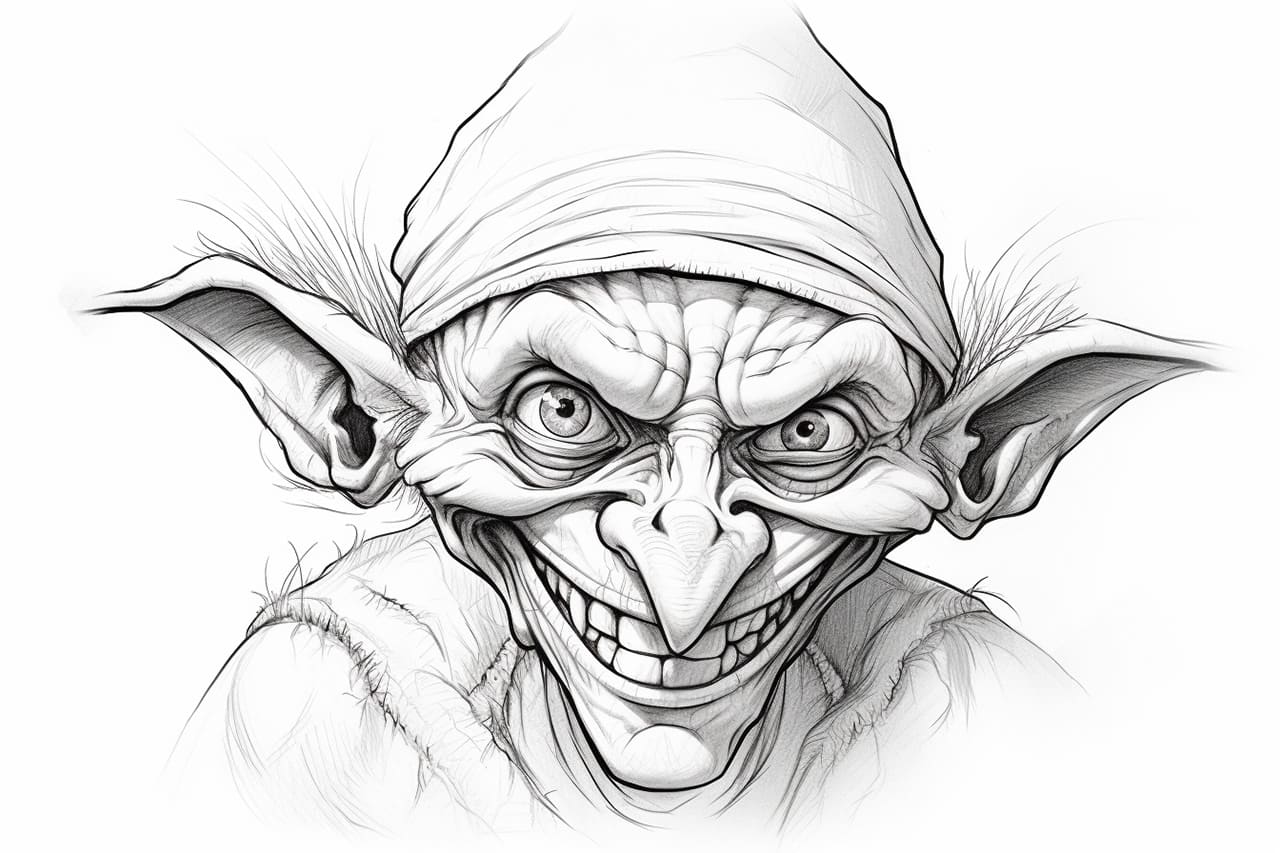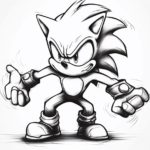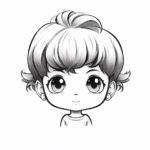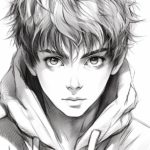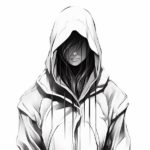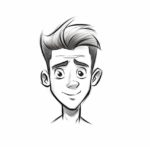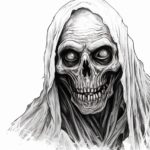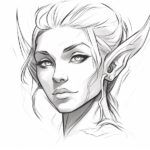Hey there! Ready to dive into the fun world of drawing? Today, we’re tackling how to draw a goblin. Whether you’re a seasoned artist or just picking up a pencil for the first time, I’ve got all the steps laid out for you to create a goblin that’s uniquely yours. So, gather your drawing tools and let’s get this creative party started!
Goblins are such intriguing creatures to bring to life on paper! They lurk in the shadows of folklore and fantasy, known for their mischievous spirits and often, quirky looks. When drawing your goblin, think about what sets them apart in the vast realm of mythical beings. Is it their sharp, pointy ears or the clever glint in their eyes?
As you sketch, imagine the world from which your goblin hails. Are they a forest dweller hiding under the twisted roots of ancient trees, or do they scurry through the bustling streets of a magical underground city? Each stroke of your pencil adds depth to their story, infusing personality into those crooked smiles or wrinkled, warty noses.
Embrace the freedom to experiment with colors and textures. Maybe your goblin has a leather vest stitched together from the remnants of lost travelers’ belongings, or perhaps they boast a bright, patchy cap that’s become a token of their daring adventures. Remember, the charm of a goblin lies in the details, so let your imagination run wild as you bring your own unique version to life!
Materials Required
Before we begin, make sure you have the following materials:
- Pencils (preferably a range of 2B to 6B)
- Eraser
- Drawing paper or sketchbook
- Pencil sharpener
- Optional: Colored pencils or markers for adding color to your drawing
Now that you have your materials ready, let’s dive into the step-by-step process of drawing a goblin.
Step 1: Basic Shapes
Start by drawing a circle for the goblin’s head and a smaller oval shape below it for the body. These two shapes will form the basic structure of your goblin character. Don’t worry about getting the proportions perfect at this stage, as we will refine them later on.
Step 2: Facial Features
Next, let’s add some facial features to our goblin. Draw two vertical lines through the middle of the head circle to help you place the eyes. Then, sketch in the eyes as two oval shapes. Add a curved line below the eyes for the nose, and a smiling mouth with sharp teeth. Give your goblin some pointy ears on each side of the head.
Step 3: Details and Expressions
Now it’s time to add some finer details to your goblin’s face. Add eyebrows above the eyes to give your character expression. You can make the eyebrows arched upwards for a mischievous look or angled downwards for a more menacing appearance. Experiment with different shapes and angles to find the expression that suits your goblin best.
Step 4: Goblin Ears
To give your goblin more character, let’s work on the ears. Enhance the basic ear shape by adding jagged edges and extra details. Feel free to exaggerate the size and shape of the ears to make your goblin look more unique and fantastical.
Step 5: Hair and Horns
Goblins often have wild and unruly hair, so let’s add some messy strands or spikes on top of the head. You can also draw some small horns protruding from the sides or top of the head to make your goblin look more menacing. Get creative with the hair and horns, and remember that goblins come in all shapes and sizes!
Step 6: Goblin Body
Now that we have completed the goblin’s head, let’s move on to the body. Start by adding some limbs to the oval shape we drew earlier. Draw two rectangles for the arms and two curved lines for the legs. You can position the limbs in various poses depending on the action you want your goblin to be in.
Step 7: Hands and Feet
Next, add hands and feet to your goblin. Draw the hands as a series of curved lines with pointy fingers. For the feet, create a basic shape resembling a shoe or boot at the end of each leg. Don’t worry about adding too many details to the hands and feet at this stage, as we will refine them later on.
Step 8: Goblin Clothing and Accessories
Now let’s give your goblin some clothing and accessories to complete its look. Goblins often wear tattered and ragged garments, so draw torn edges and patches on their clothing. You can also add belts, pouches, or even weapons to your goblin’s attire to enhance its character.
Step 9: Refining and Detailing
Take a step back and assess your goblin drawing so far. This is the perfect time to refine the proportions and details. Adjust any areas that need correction and add more intricate details to the face, body, and clothing. Look for areas that could use shading or extra texture to make your goblin drawing more dynamic and lifelike.
Step 10: Adding Color (Optional)
If you want to add color to your goblin, now is the time to do so. Use colored pencils or markers to bring your character to life. Goblins are often depicted with green or gray skin tones, but feel free to experiment with different color combinations to make your goblin truly unique.
Conclusion
Congratulations! You have successfully drawn a goblin from start to finish. Remember, drawing is a skill that improves with practice, so don’t be discouraged if your first attempt doesn’t turn out exactly as you imagined. Keep refining your techniques, experimenting with different styles, and most importantly, have fun with your art. Happy drawing!
Gallery of Goblin Drawings
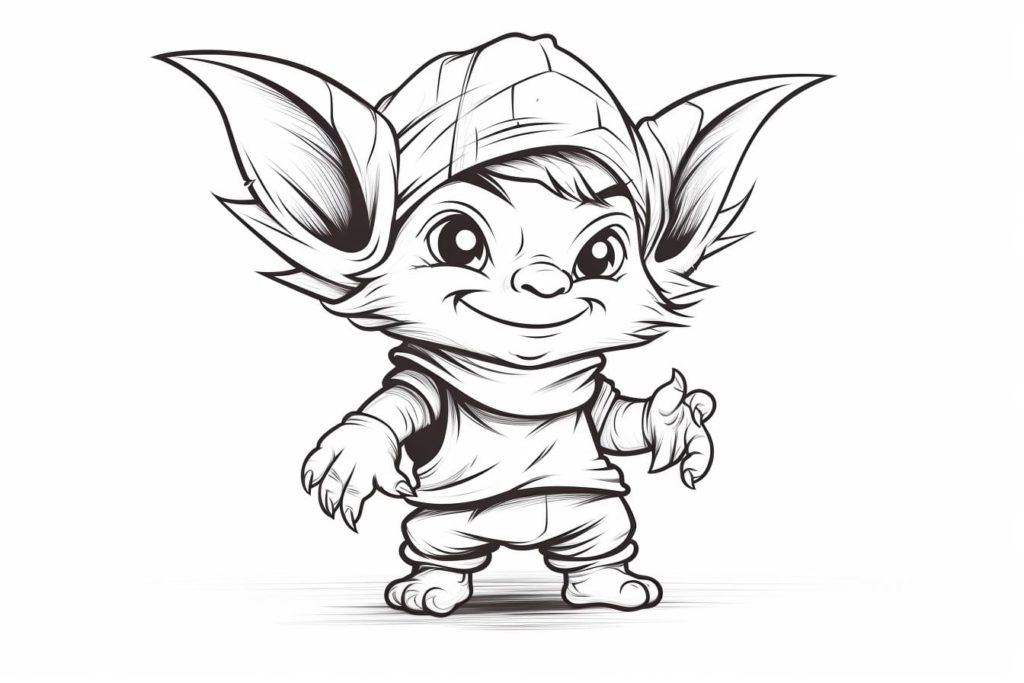
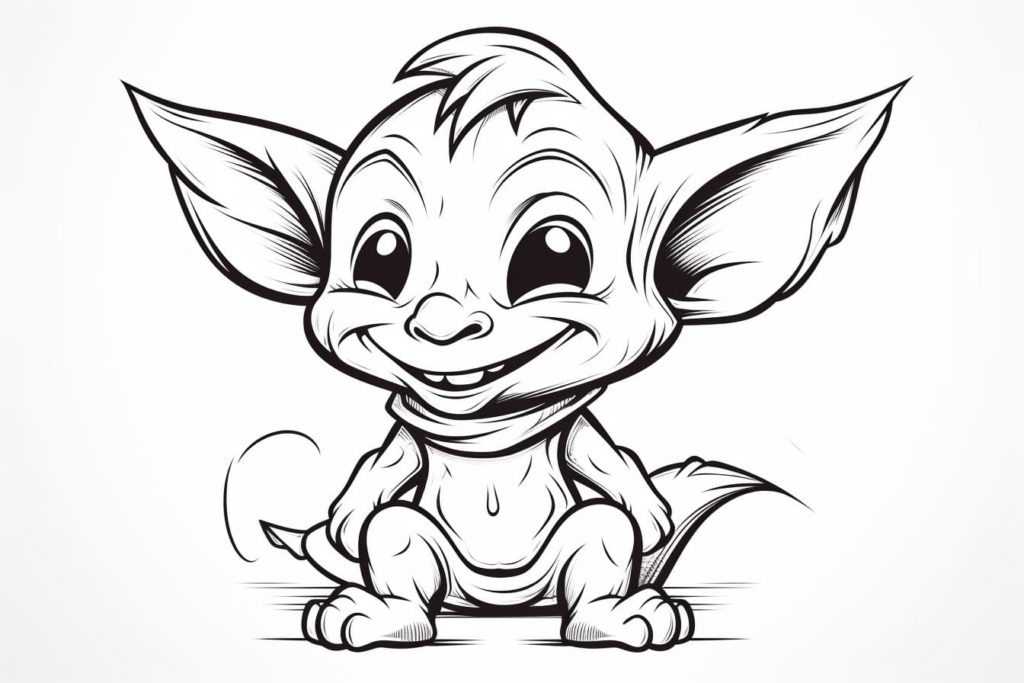
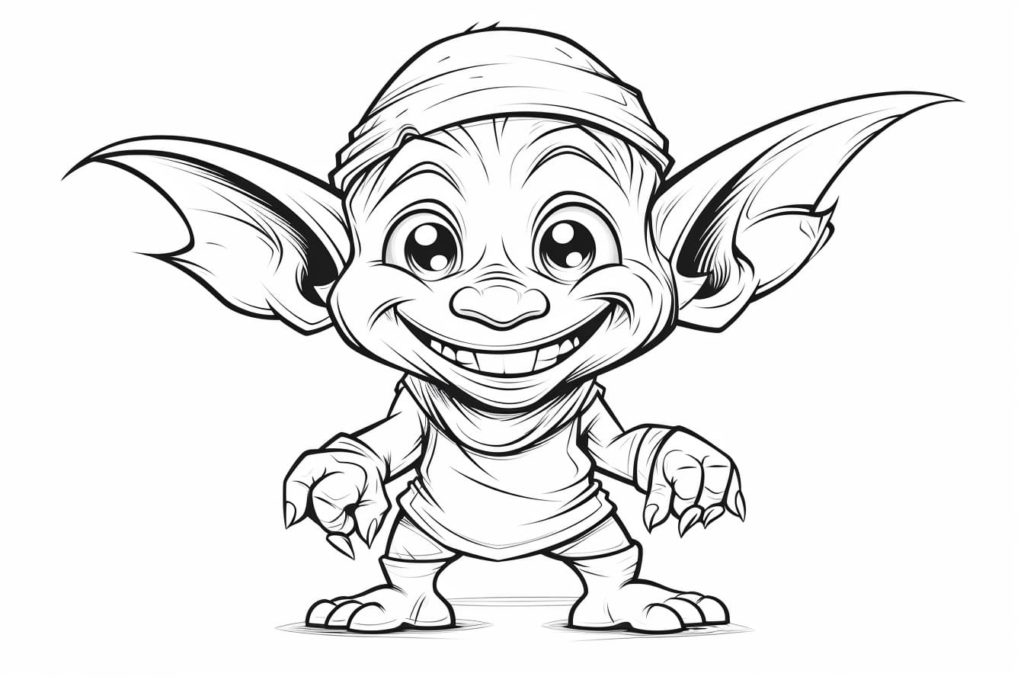
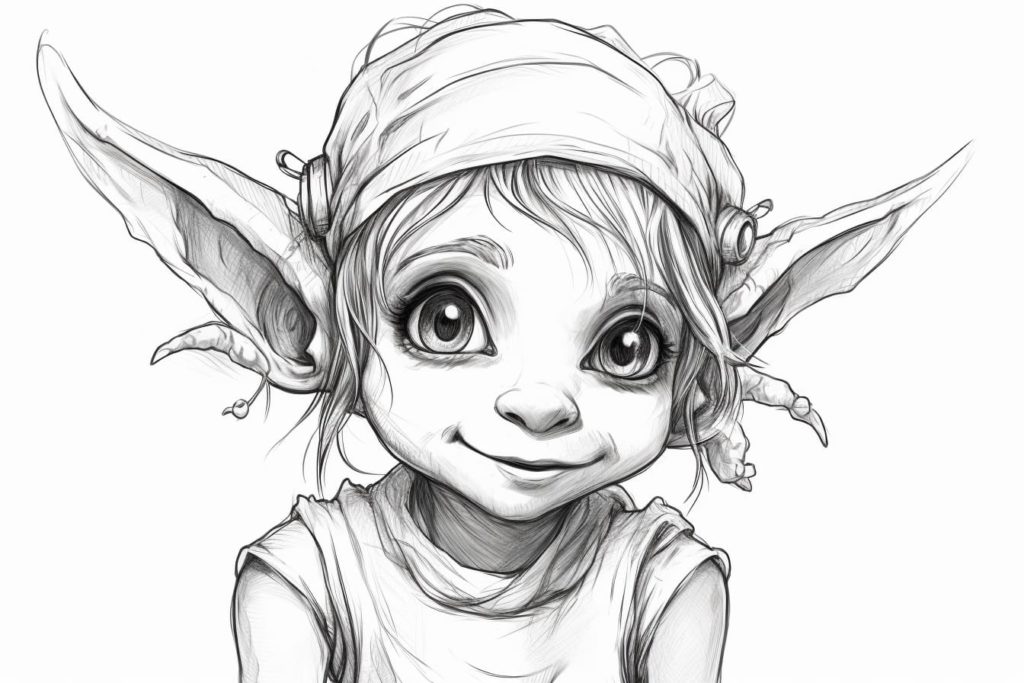
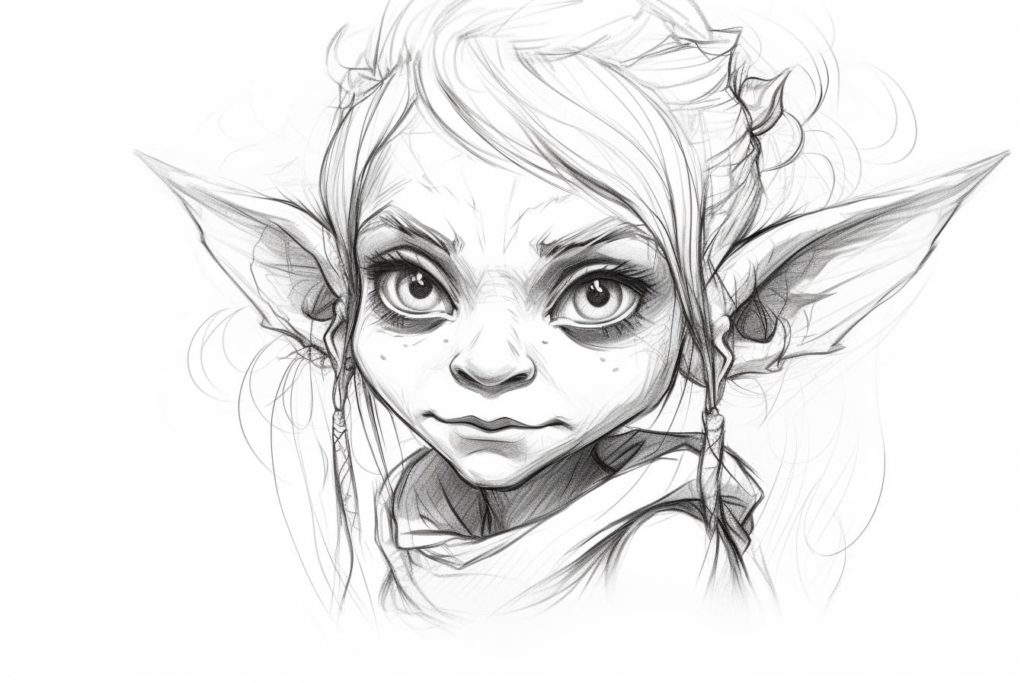
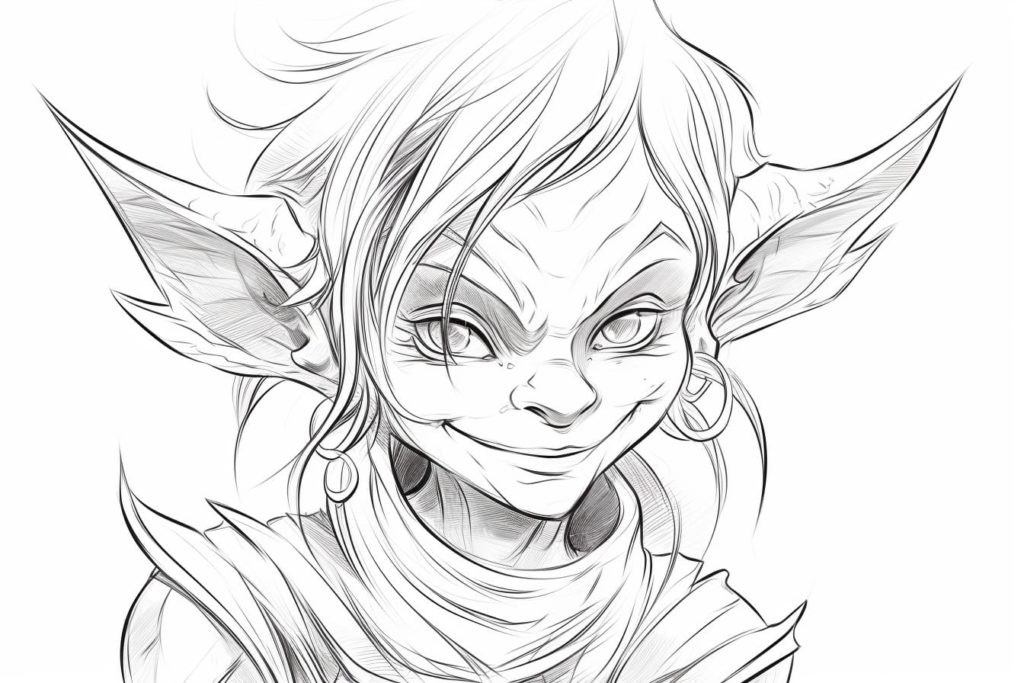
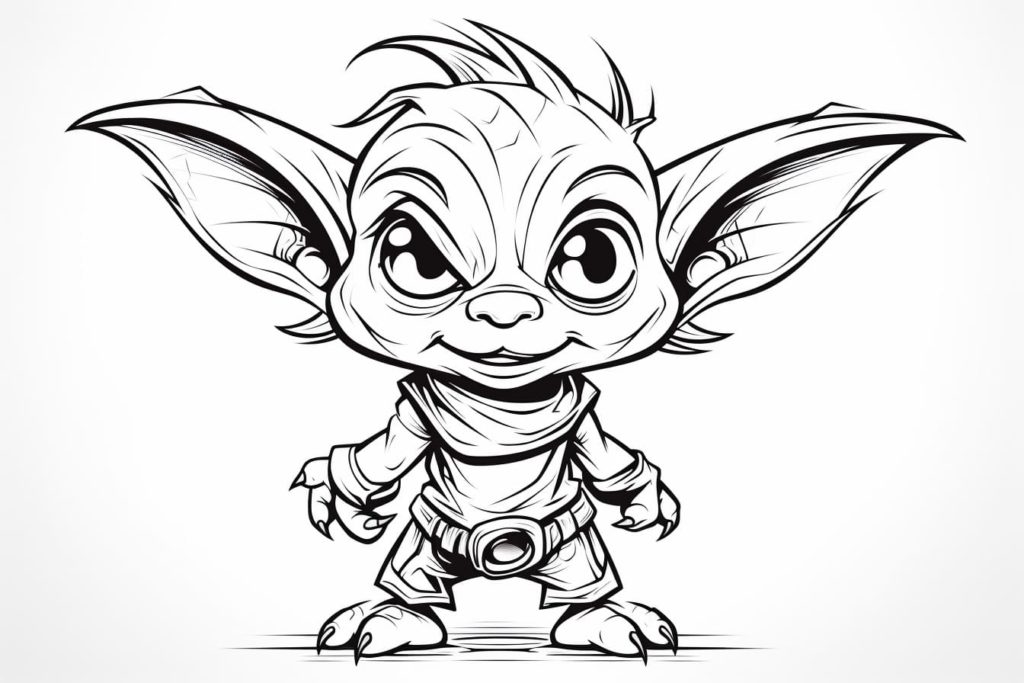
Suggestions for Scenes and Settings for Goblin Drawings
- Deep in the Forest: A goblin lurking in a dense, dark forest, with twisted trees and thick underbrush, possibly near a hidden cave entrance.
- Treasure Hoard: A goblin gleefully sitting atop a pile of treasure in its lair, surrounded by coins, jewels, and ancient artifacts.
- Swampy Hideout: A scene depicting a goblin in a murky swamp, with fog, overgrown vegetation, and perhaps a rickety wooden hut as its home.
- Mountain Pass: A goblin guarding a narrow mountain pass or bridge, with rocky cliffs and a view of the valley below.
- Ancient Ruins: A goblin exploring or inhabiting ancient ruins, with broken columns, statues, and faded murals as the backdrop.
- Underground Tunnel: A view of a goblin navigating the dark, narrow tunnels of an underground network, with dim light filtering through cracks.
- Mystical Workshop: A goblin engrossed in crafting potions or magical artifacts, surrounded by bottles, books, and glowing ingredients.
- Moonlit Raid: A goblin sneaking into a village or campsite under the cover of night, with only the moonlight casting shadows.
- Battle Stance: A goblin ready for battle, standing in a defensive posture with makeshift armor and weapons, set against the backdrop of an impending skirmish.
- Festive Gathering: A group of goblins celebrating around a fire in a clearing, with dancing, music, and feasting on wild game.
Each of these scenes provides a unique setting that can bring out the character and environment of a goblin, ranging from mysterious and menacing to whimsical and cunning.
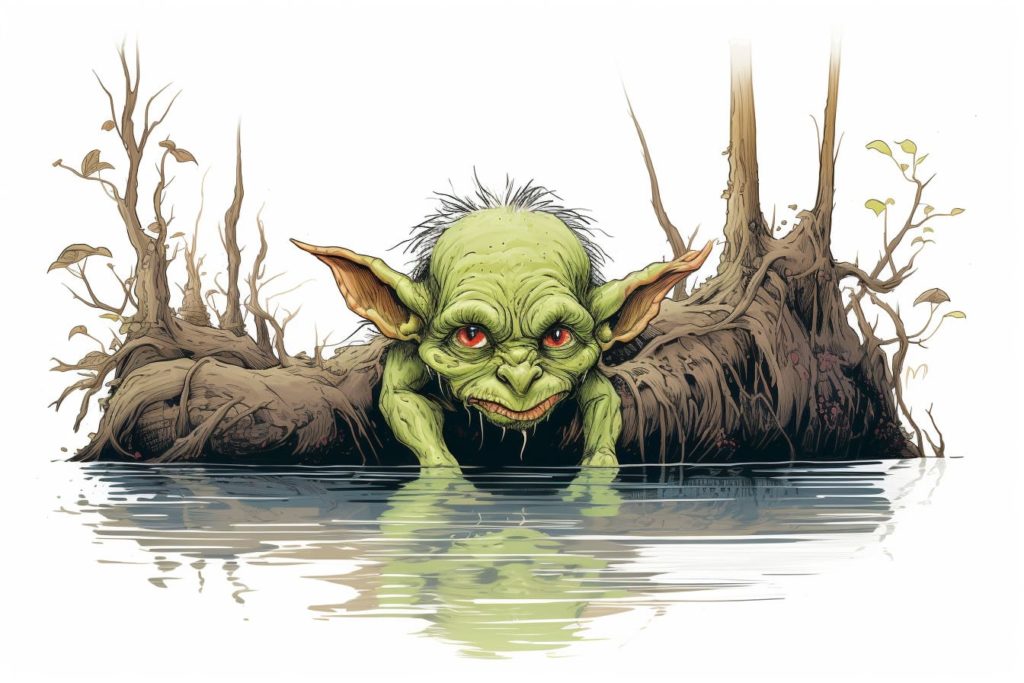
Frequently Asked Questions about Goblins
What are goblins?
Goblins have always captured our imagination, popping up in countless stories as small, cheeky characters with a knack for mischief. You can usually spot them by their trademark pointy ears and sharp, little teeth, not to mention their distinctive green or grayish skin. These mythical beings add a playful, often cunning element to the folklore and fantasy tales we’ve cherished through the ages. Whether they’re causing harmless trouble or embarking on mysterious adventures, goblins never fail to bring a touch of magic—and a few tricks—wherever they go.
Where do goblins originate from?
Goblins have origins in European folklore, where they were believed to be small, malevolent creatures that inhabited forests, caves, and other remote places. They have since become a common trope in fantasy literature and role-playing games.
What are some common traits associated with goblins?
Common traits associated with goblins include cunning, greed, and a penchant for mischief. They are often depicted as skilled craftsmen, particularly in making weapons and traps.
Are goblins always depicted as evil?
While goblins are often portrayed as malevolent beings in folklore and fantasy, interpretations of them can vary. In some stories, they may be portrayed as more neutral or even helpful, depending on the context.
Do goblins have any cultural significance?
Goblins have appeared in the folklore of various cultures, including English, Scottish, and Germanic traditions. They are often associated with tales of the supernatural and are sometimes used as cautionary figures in folklore.

